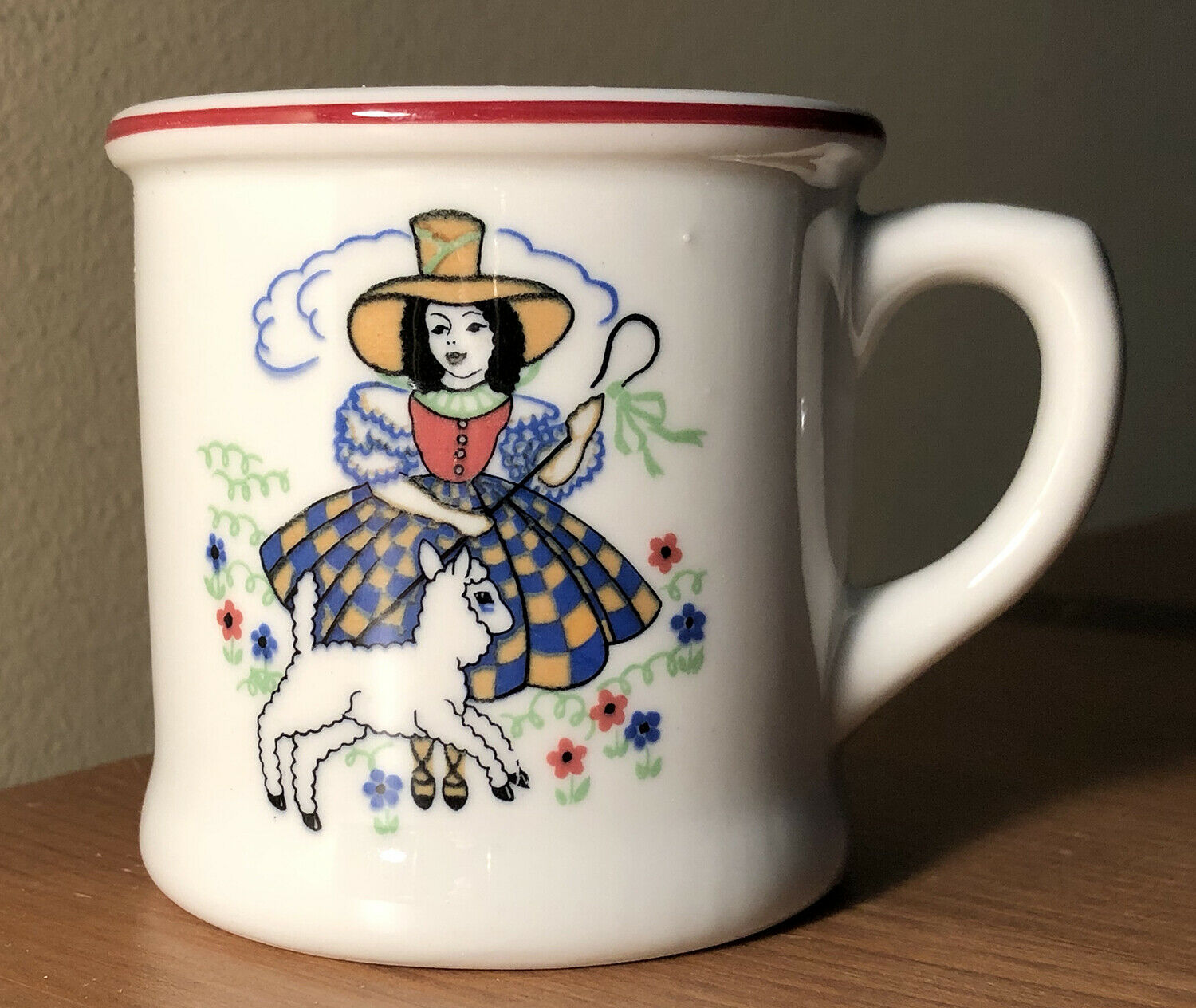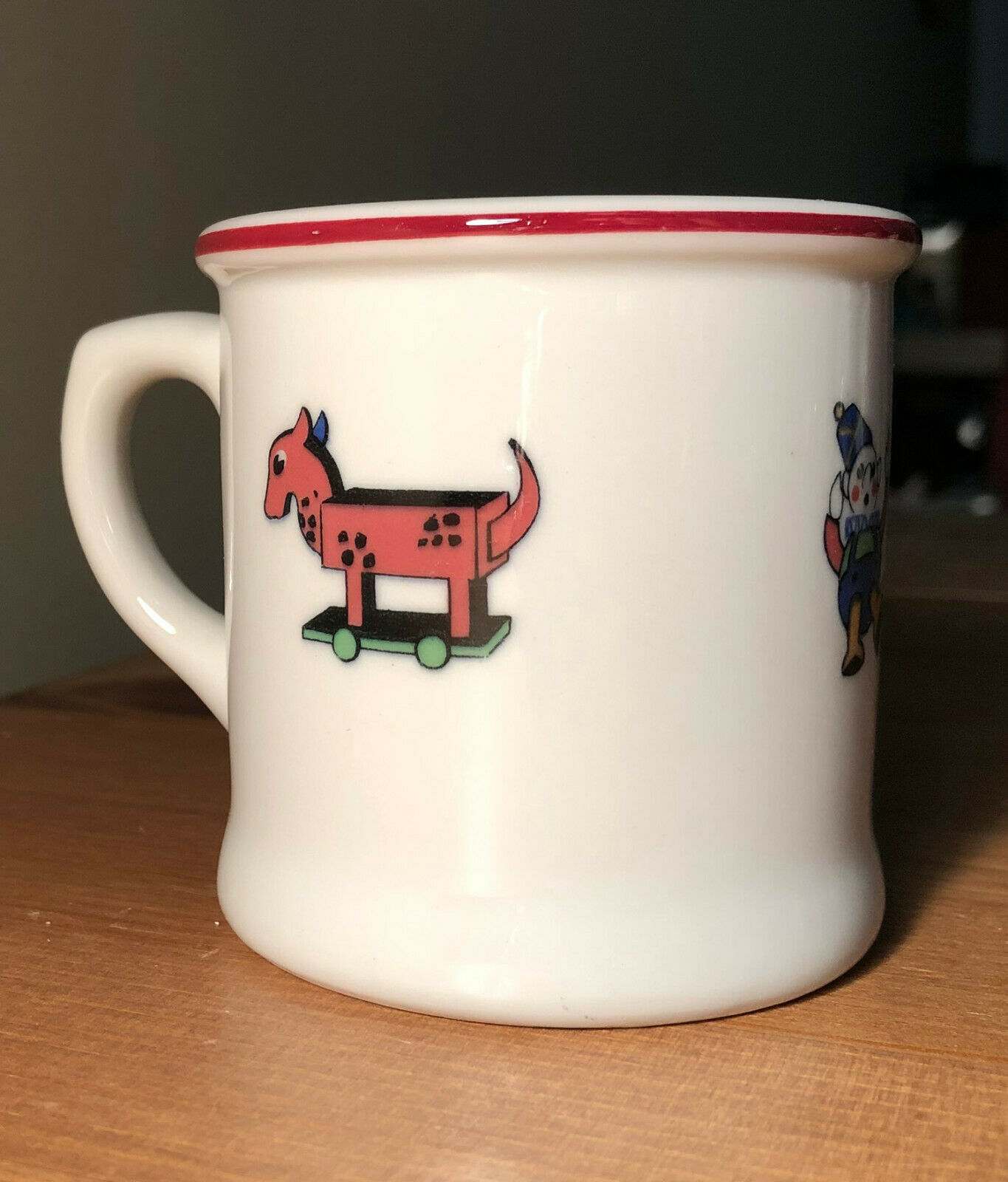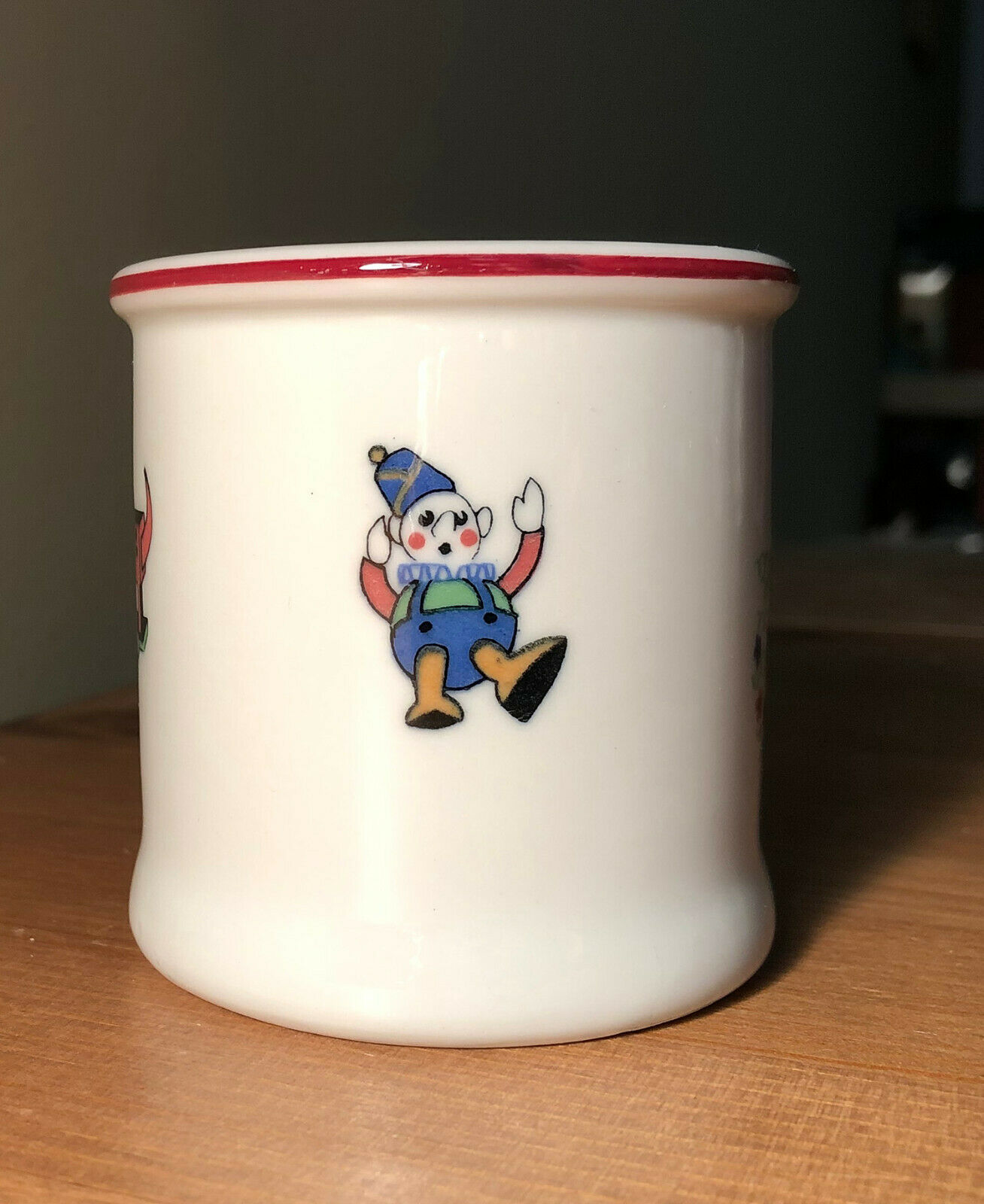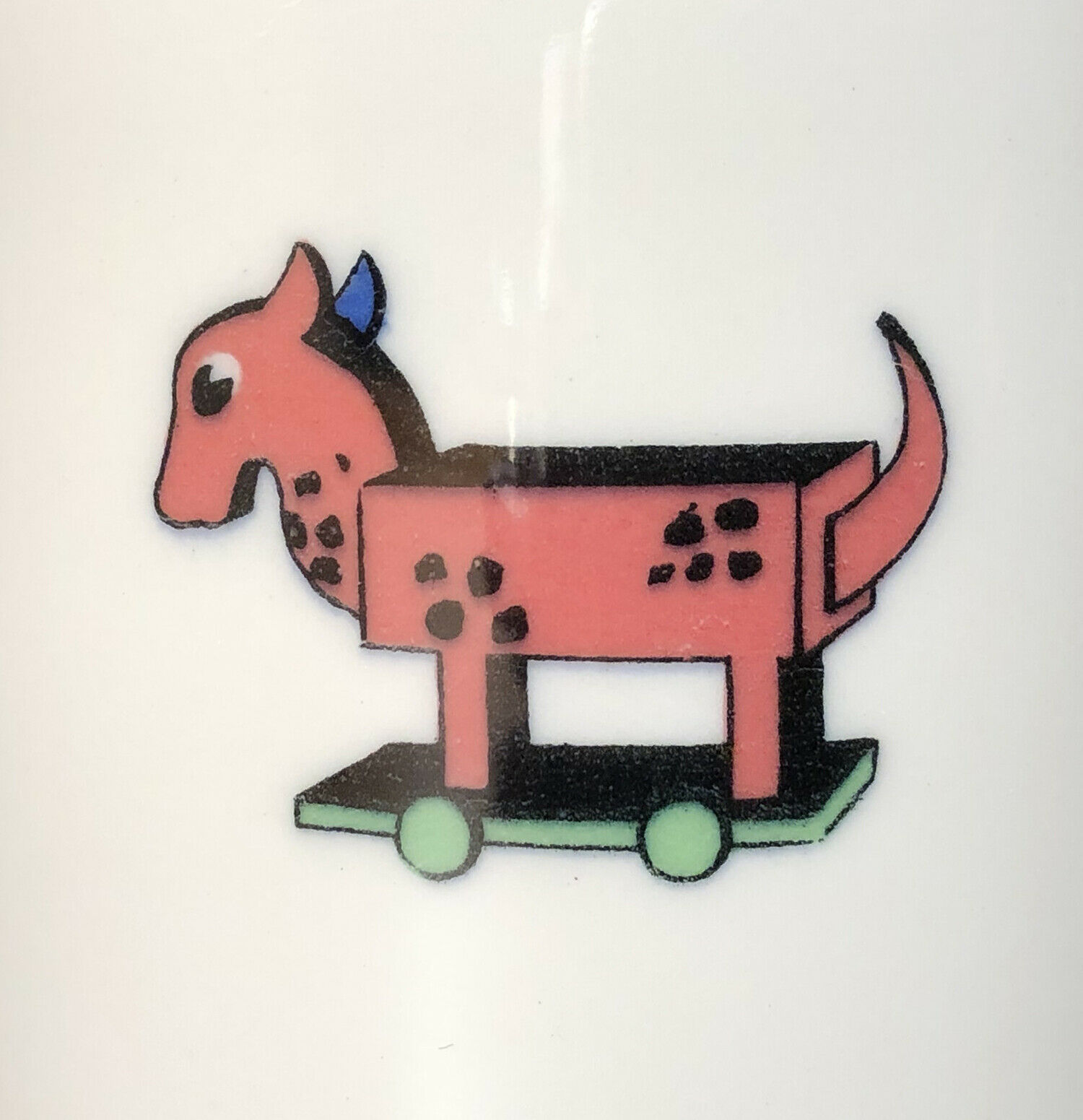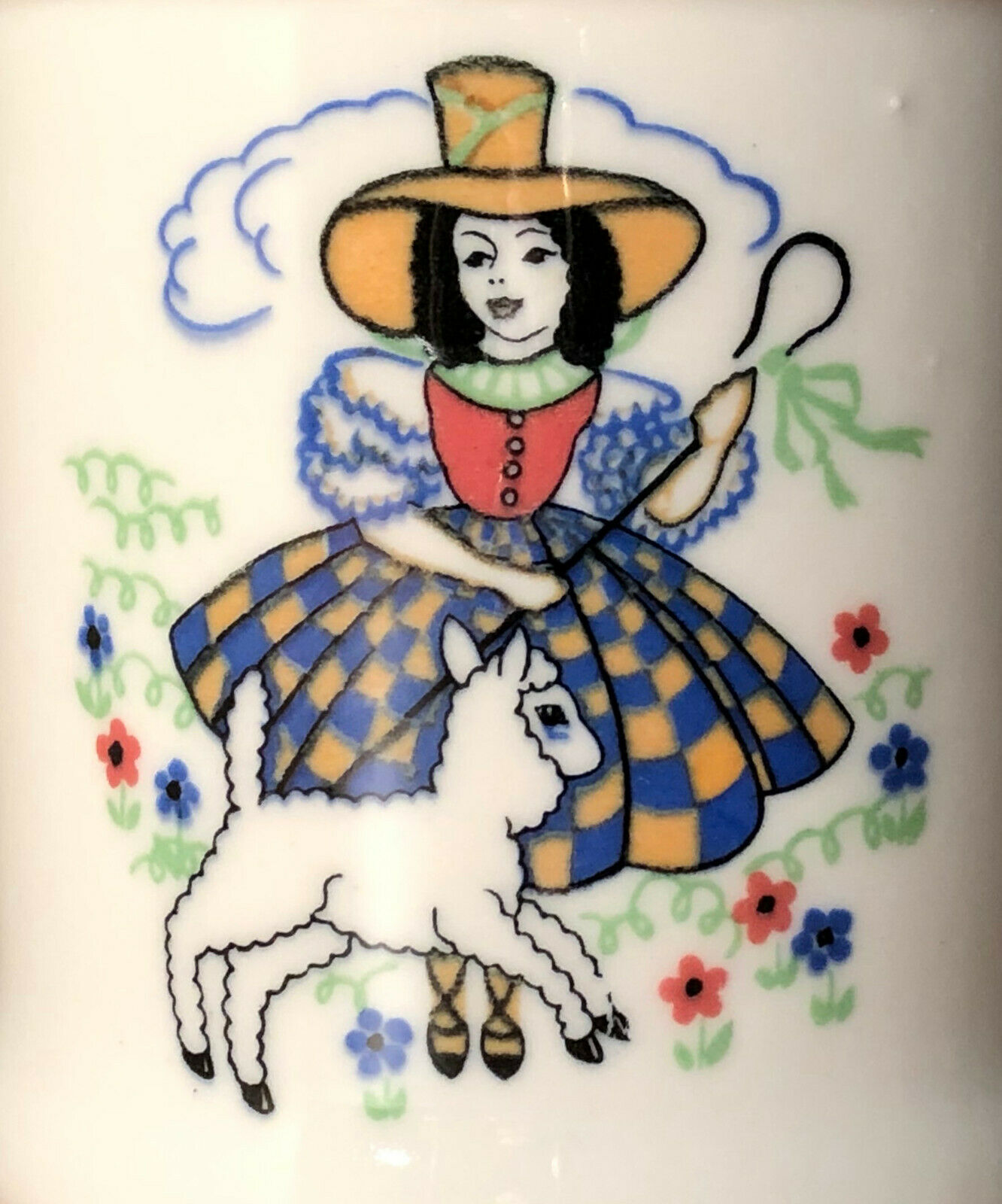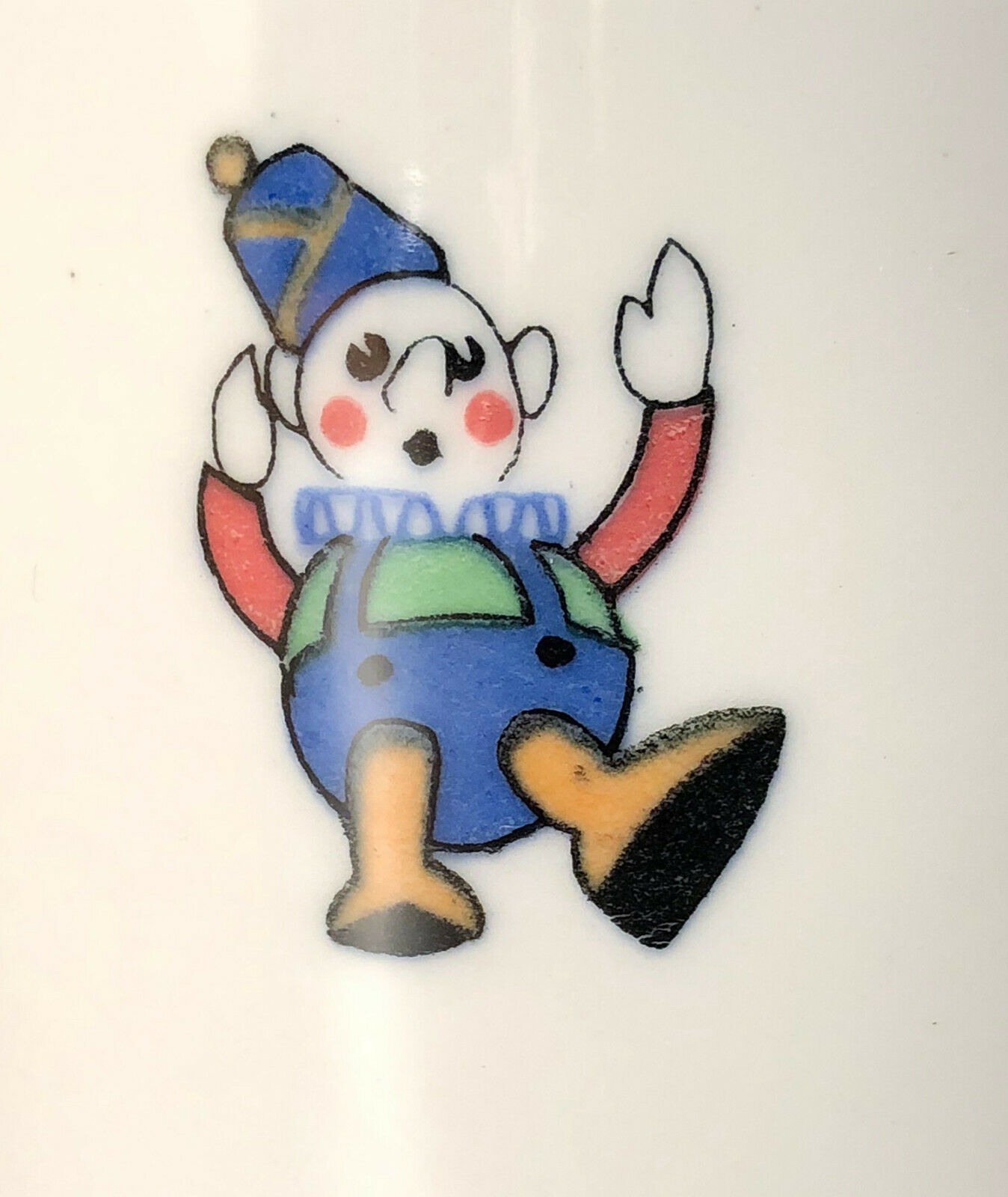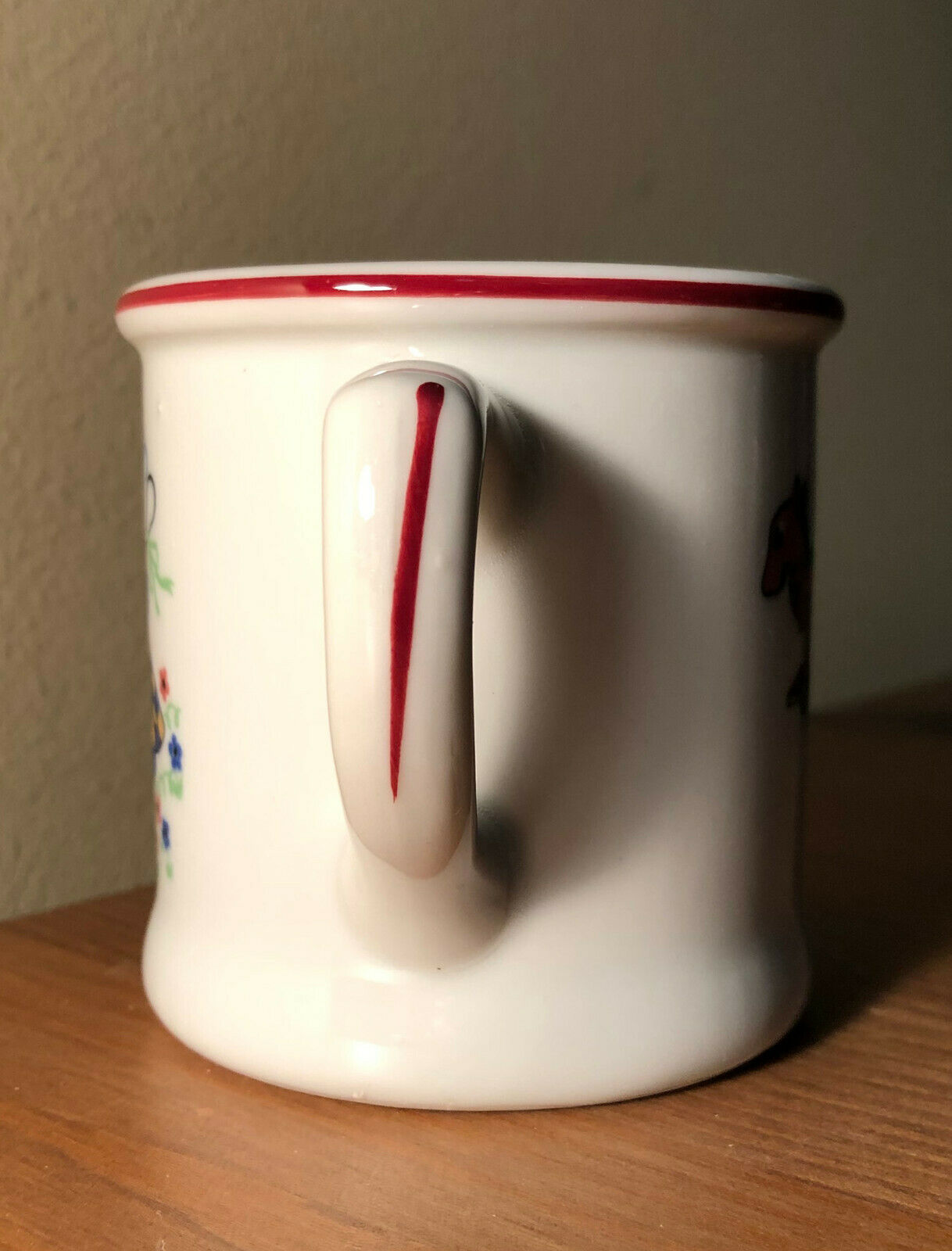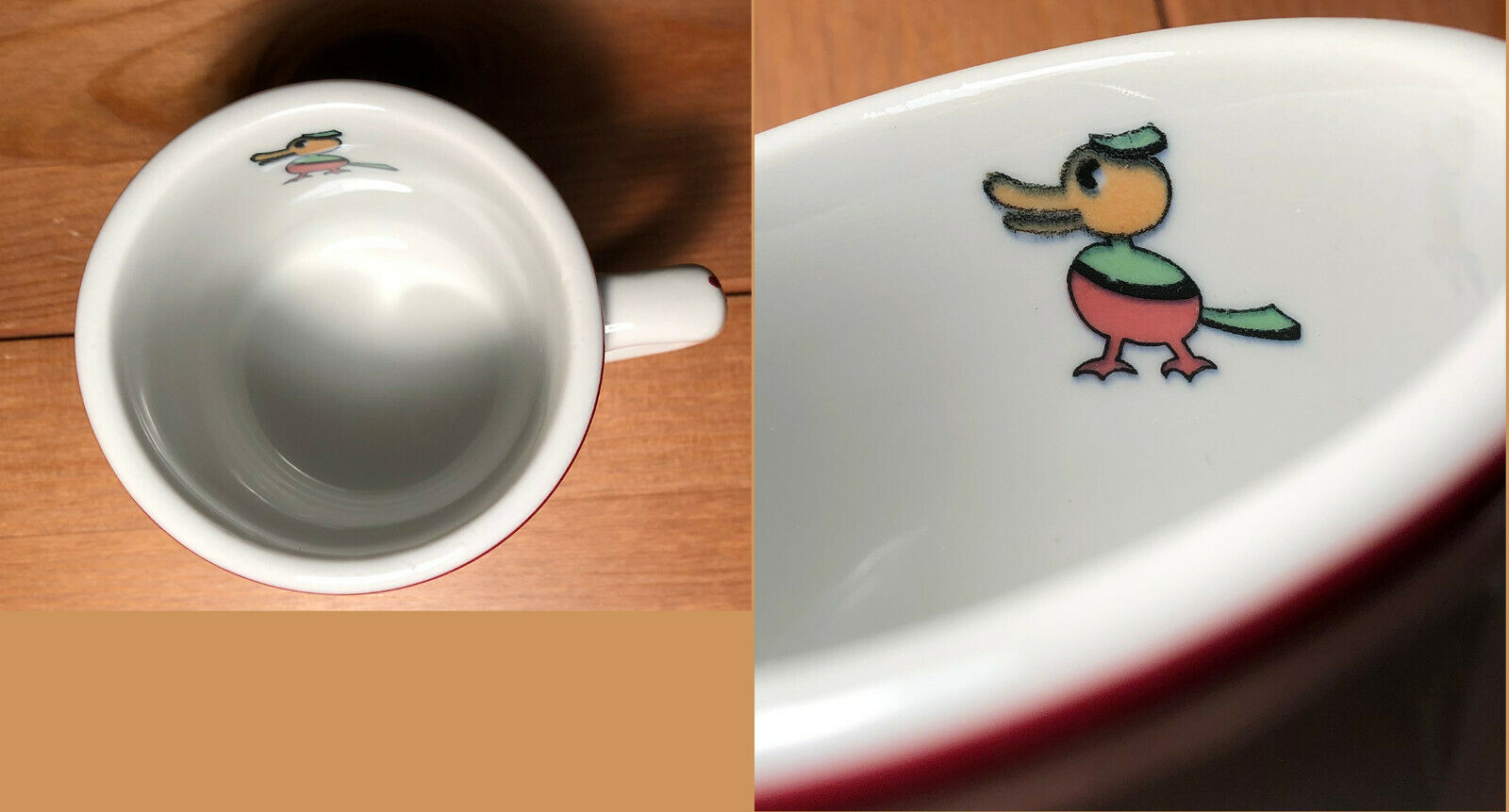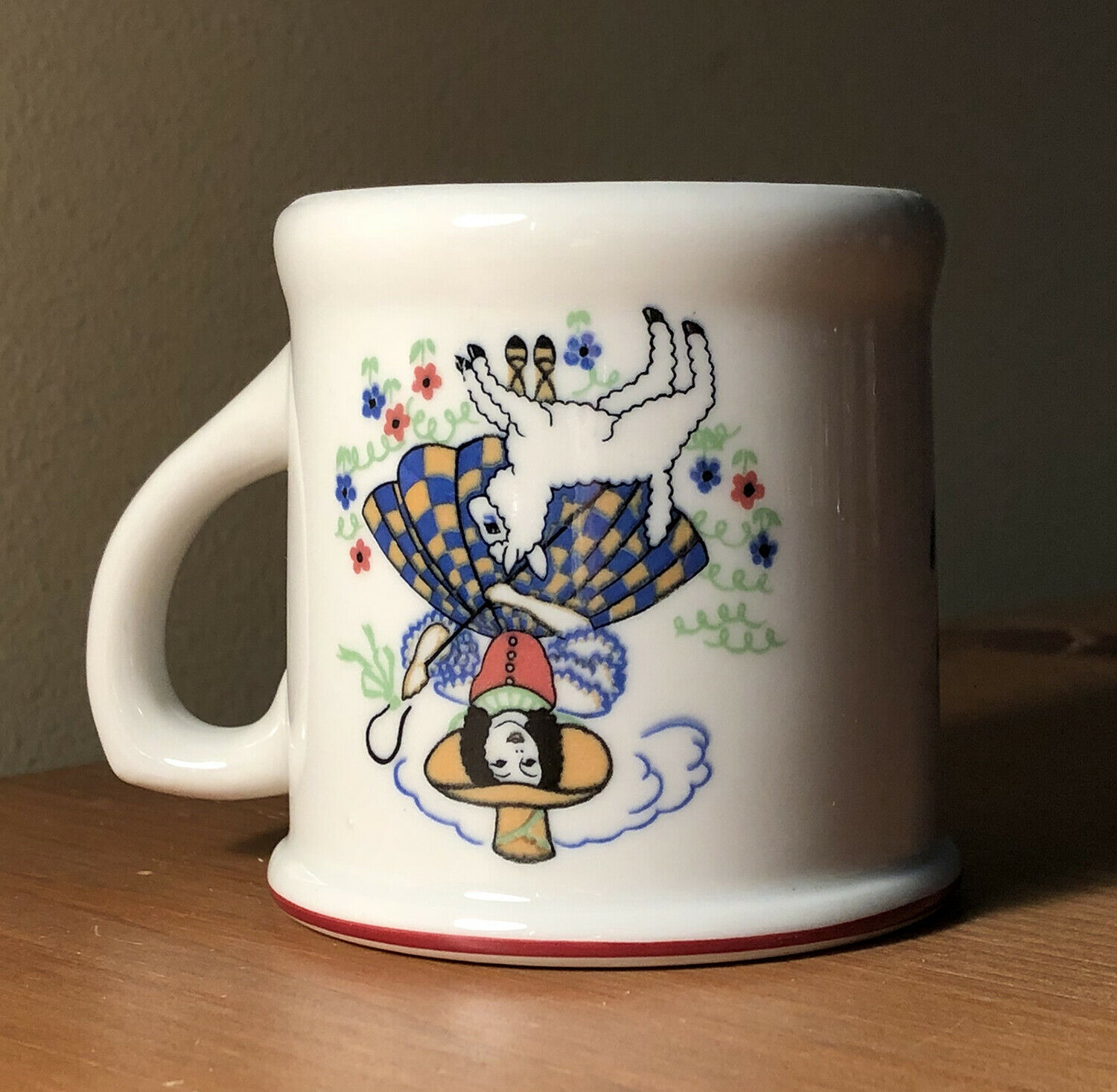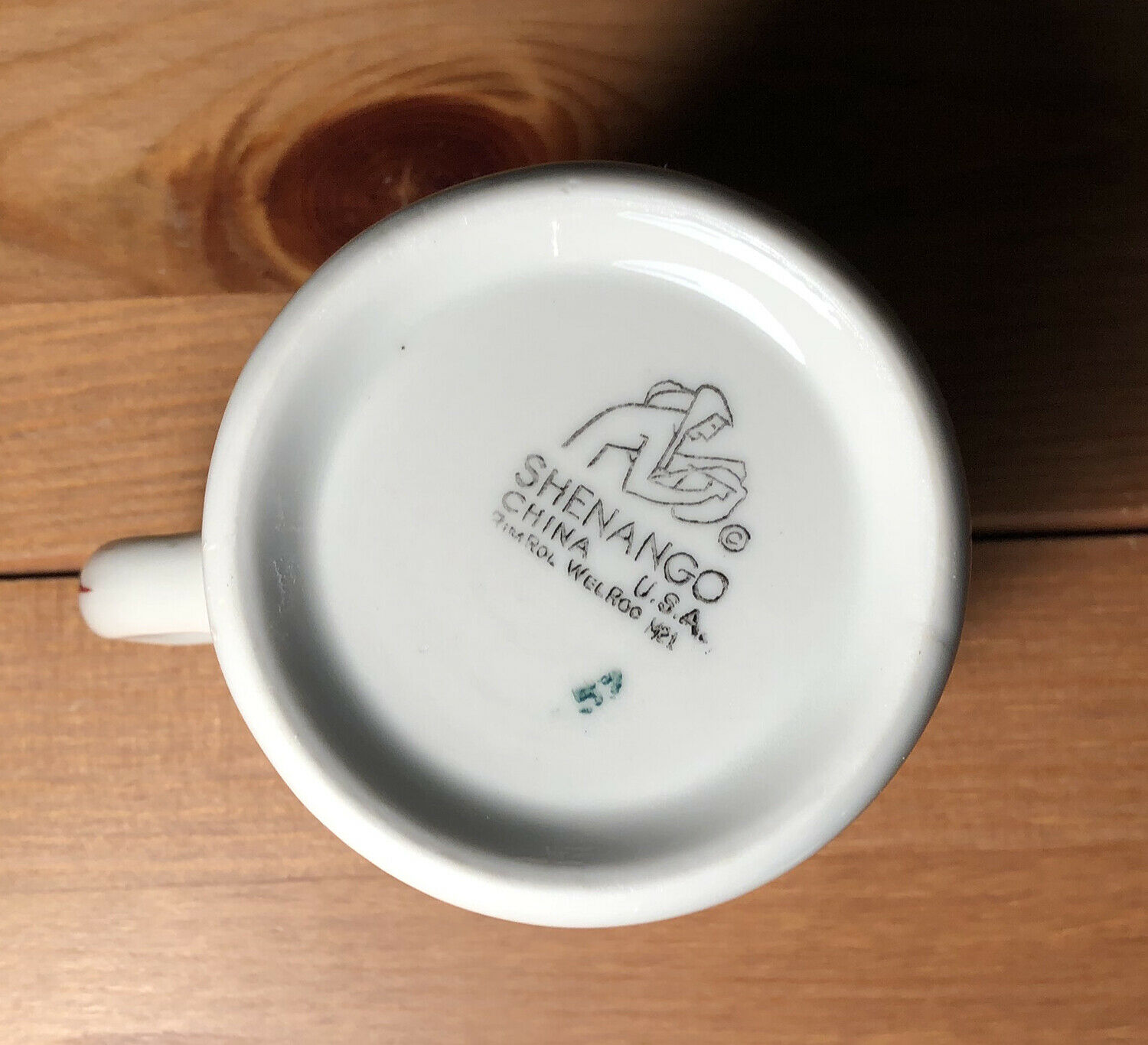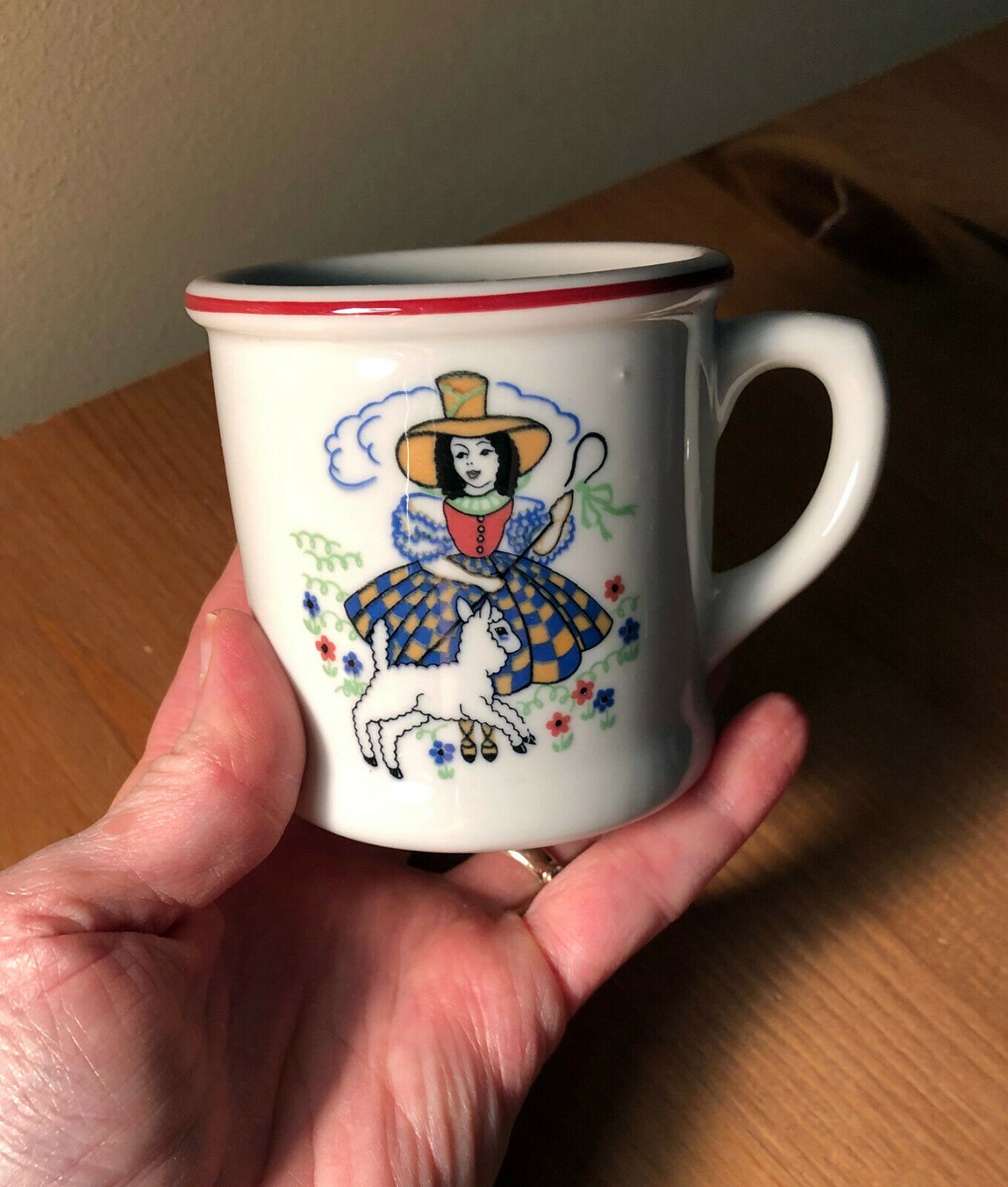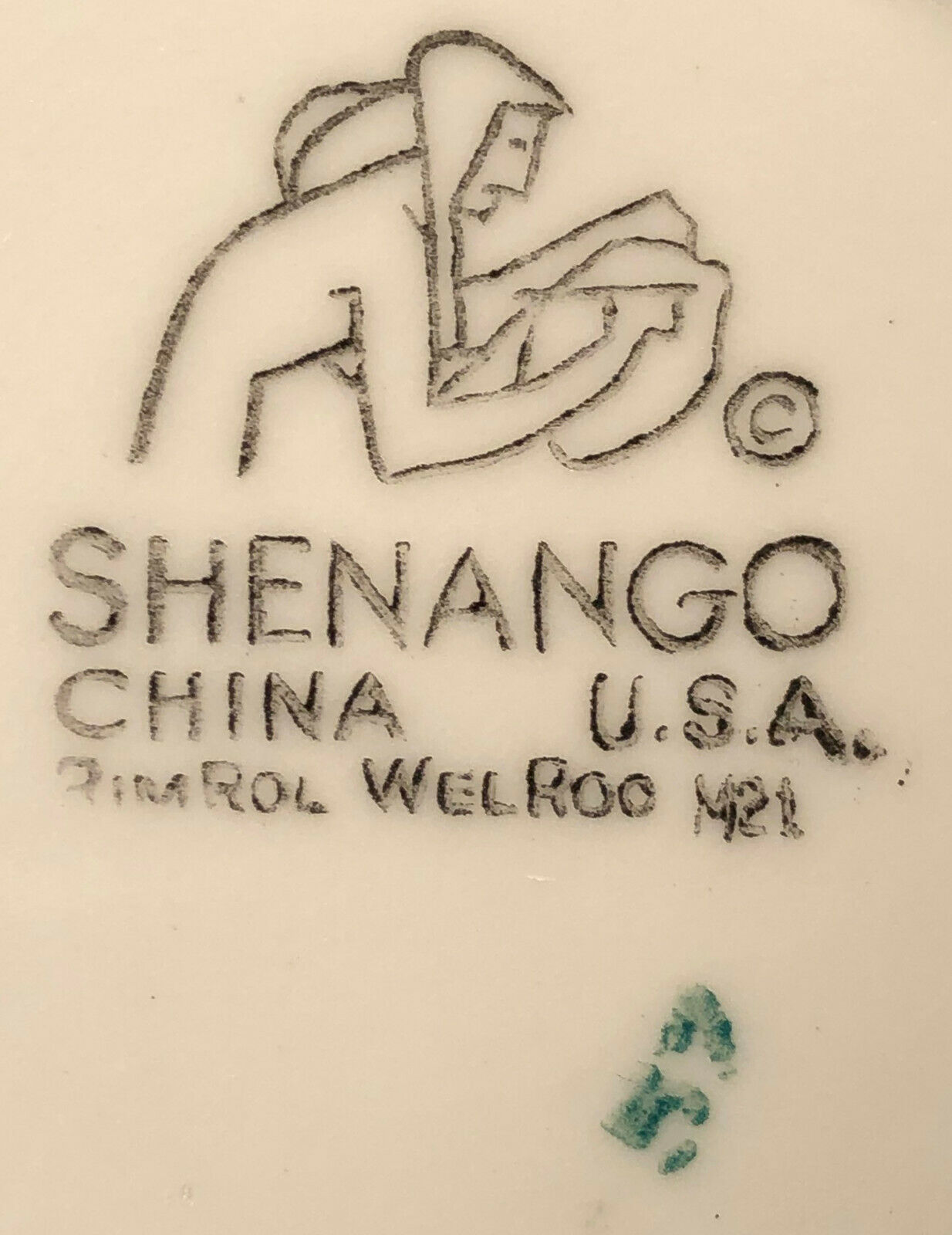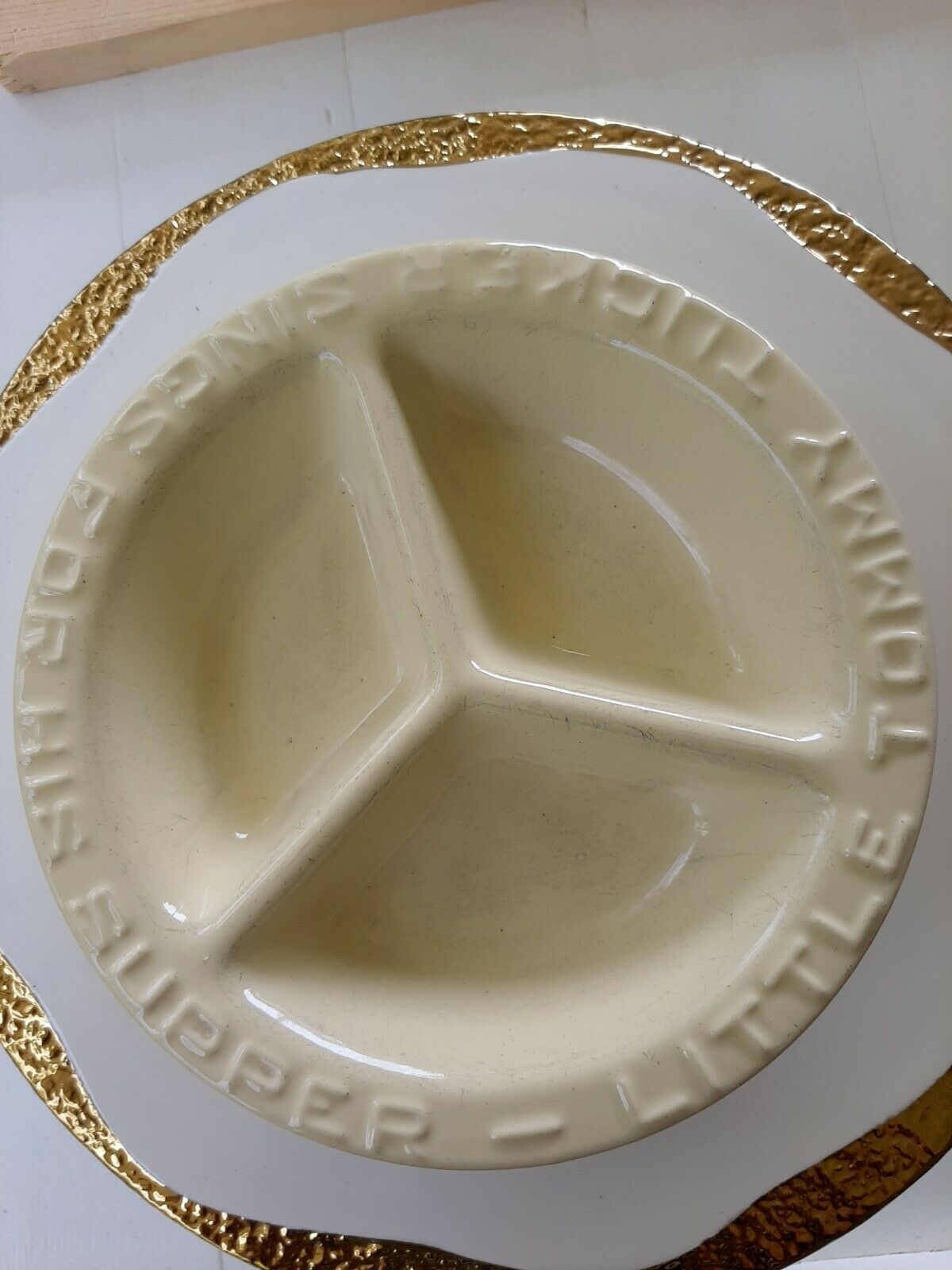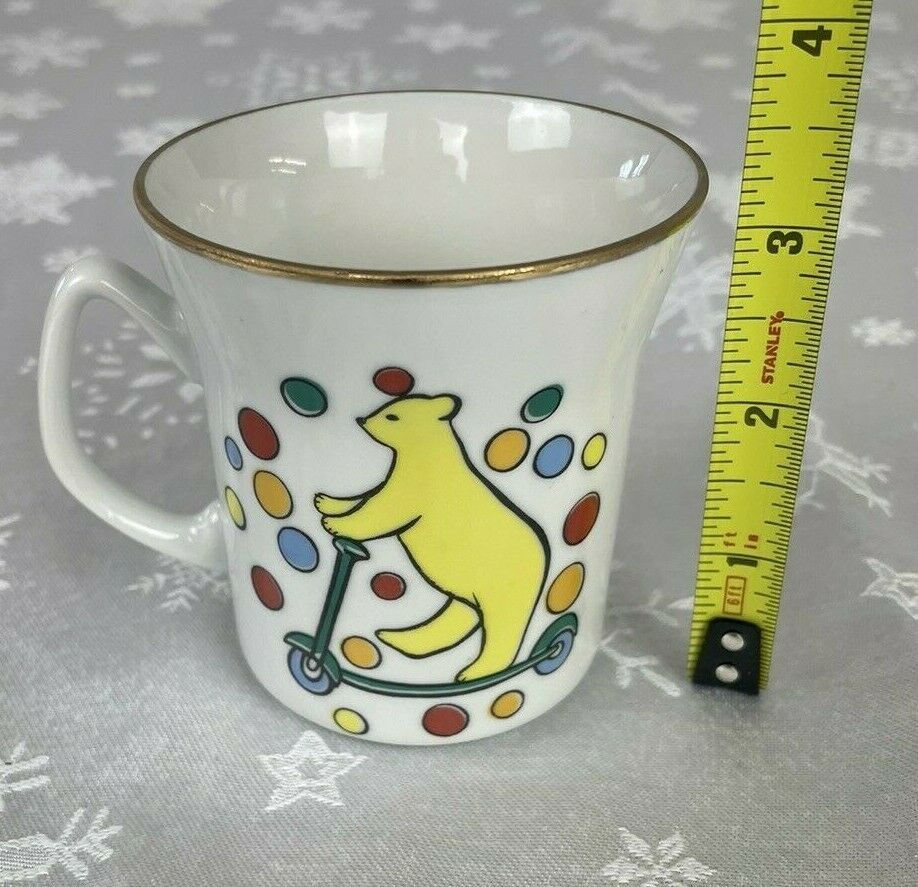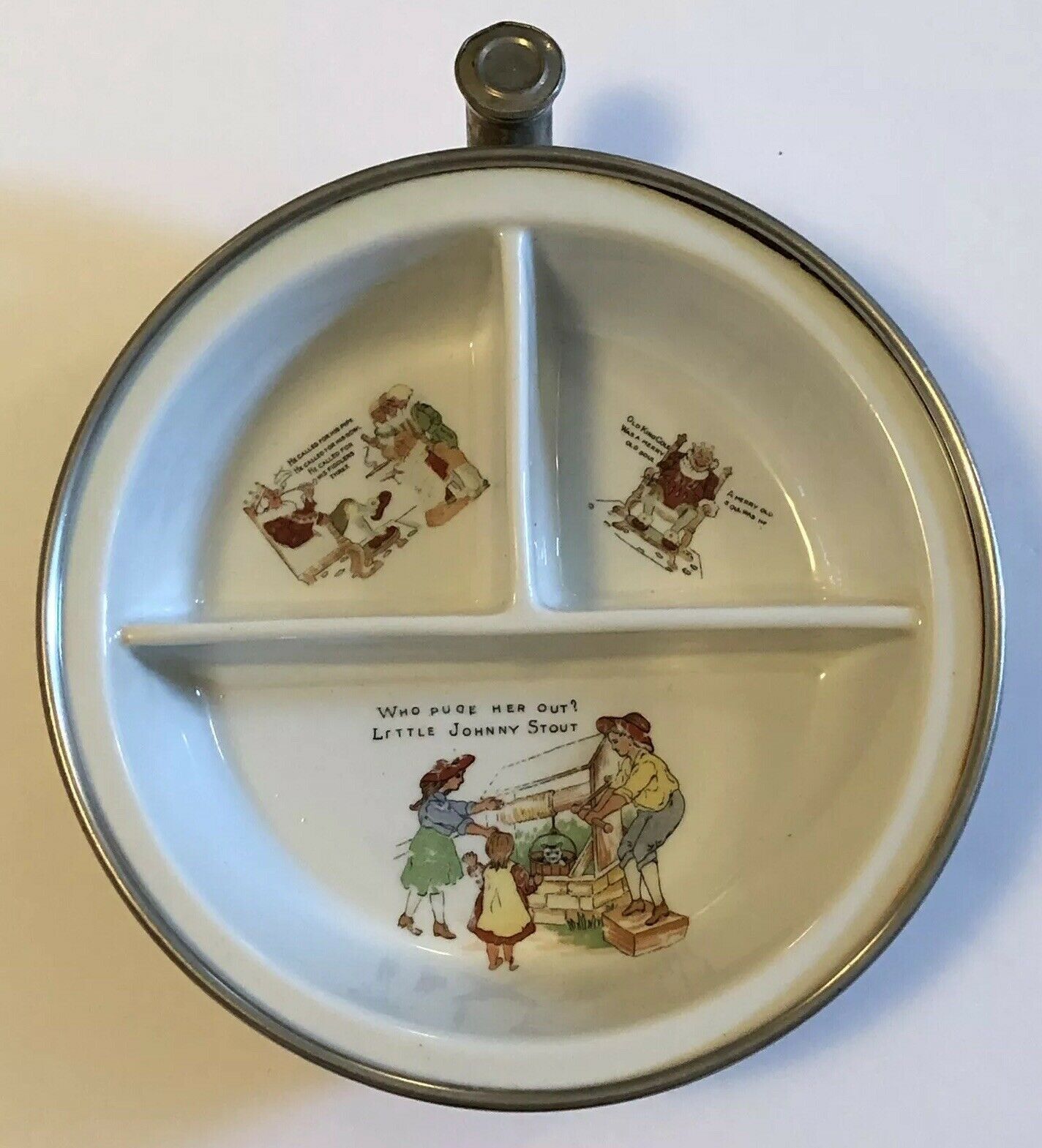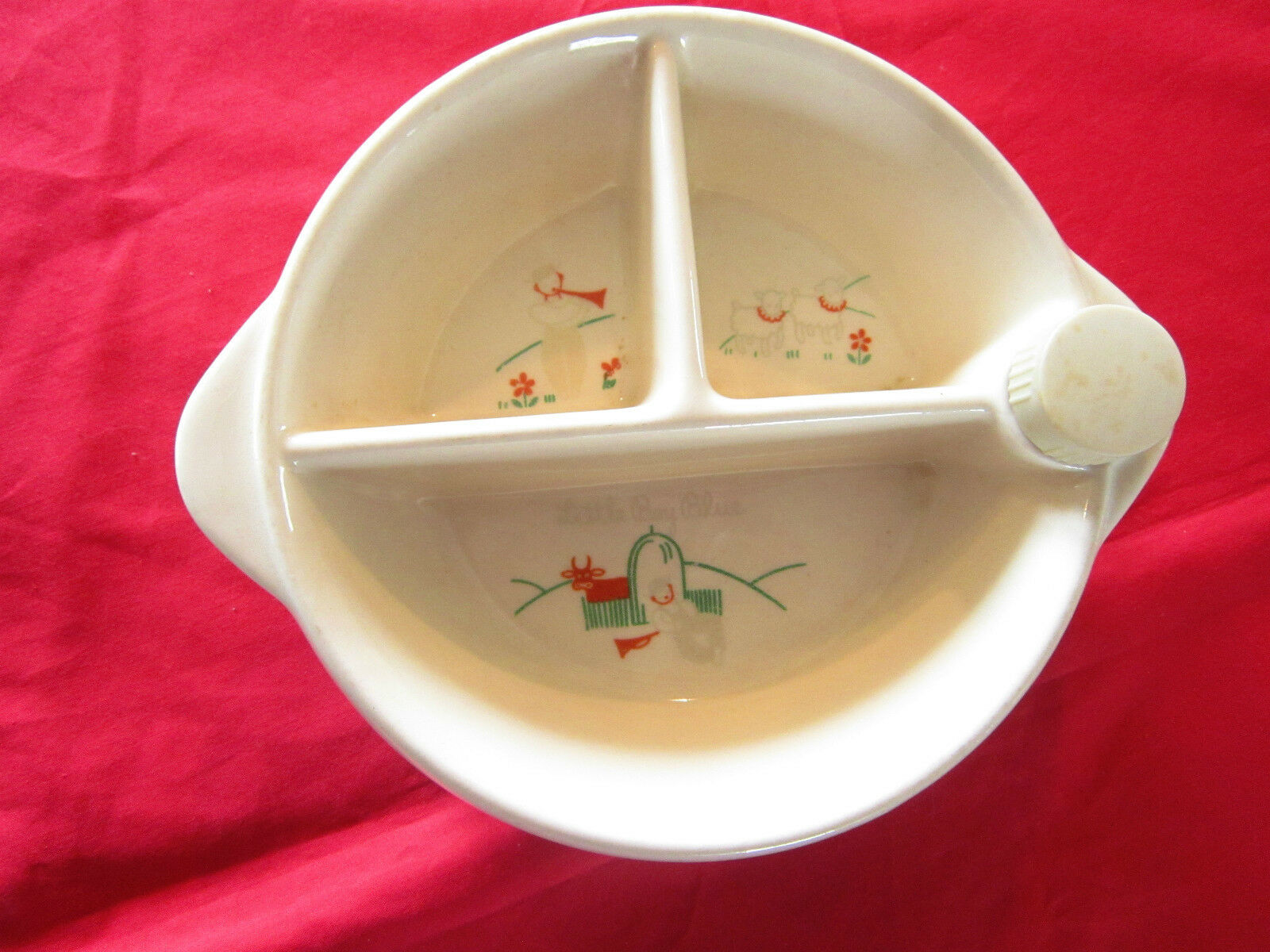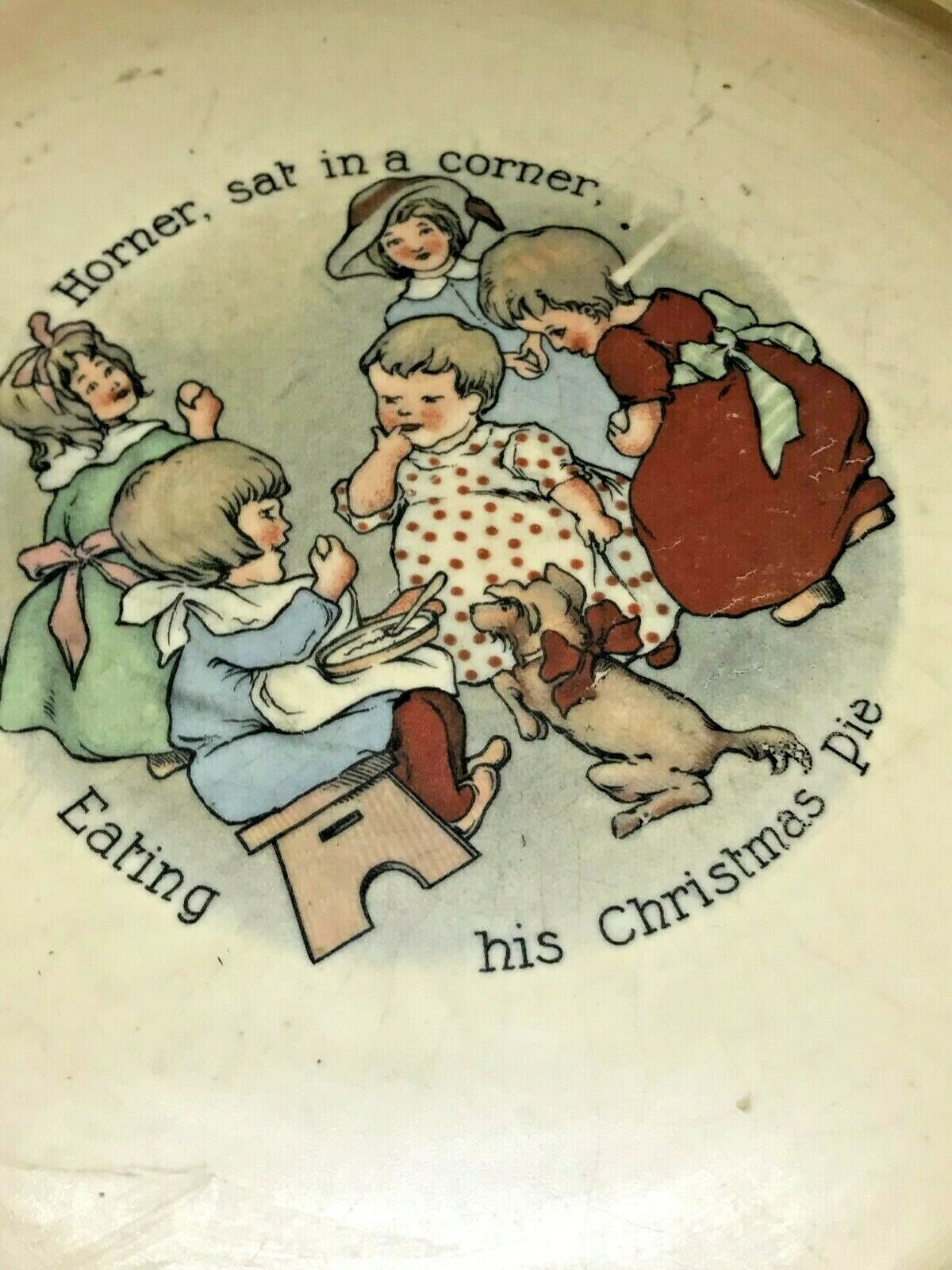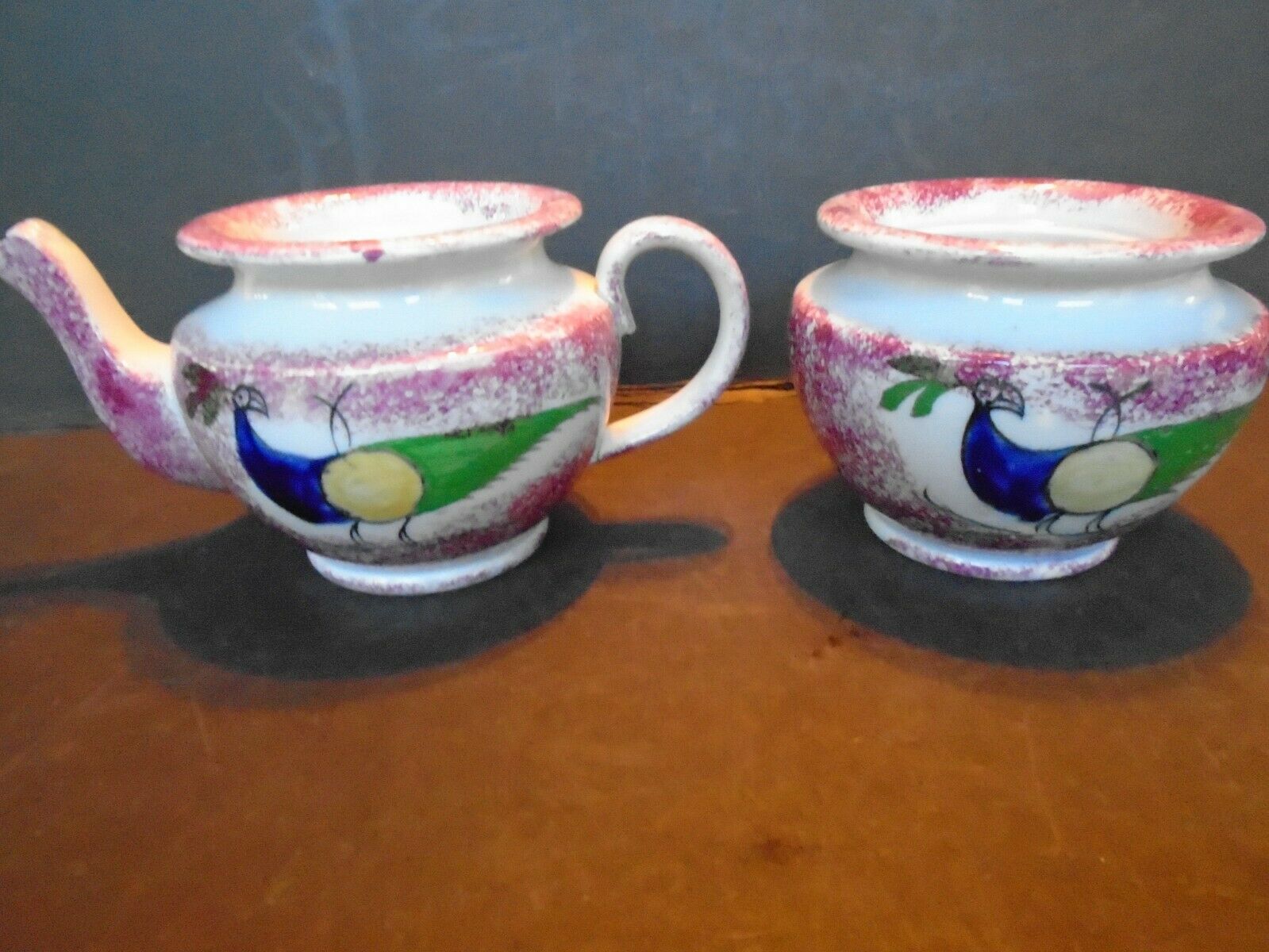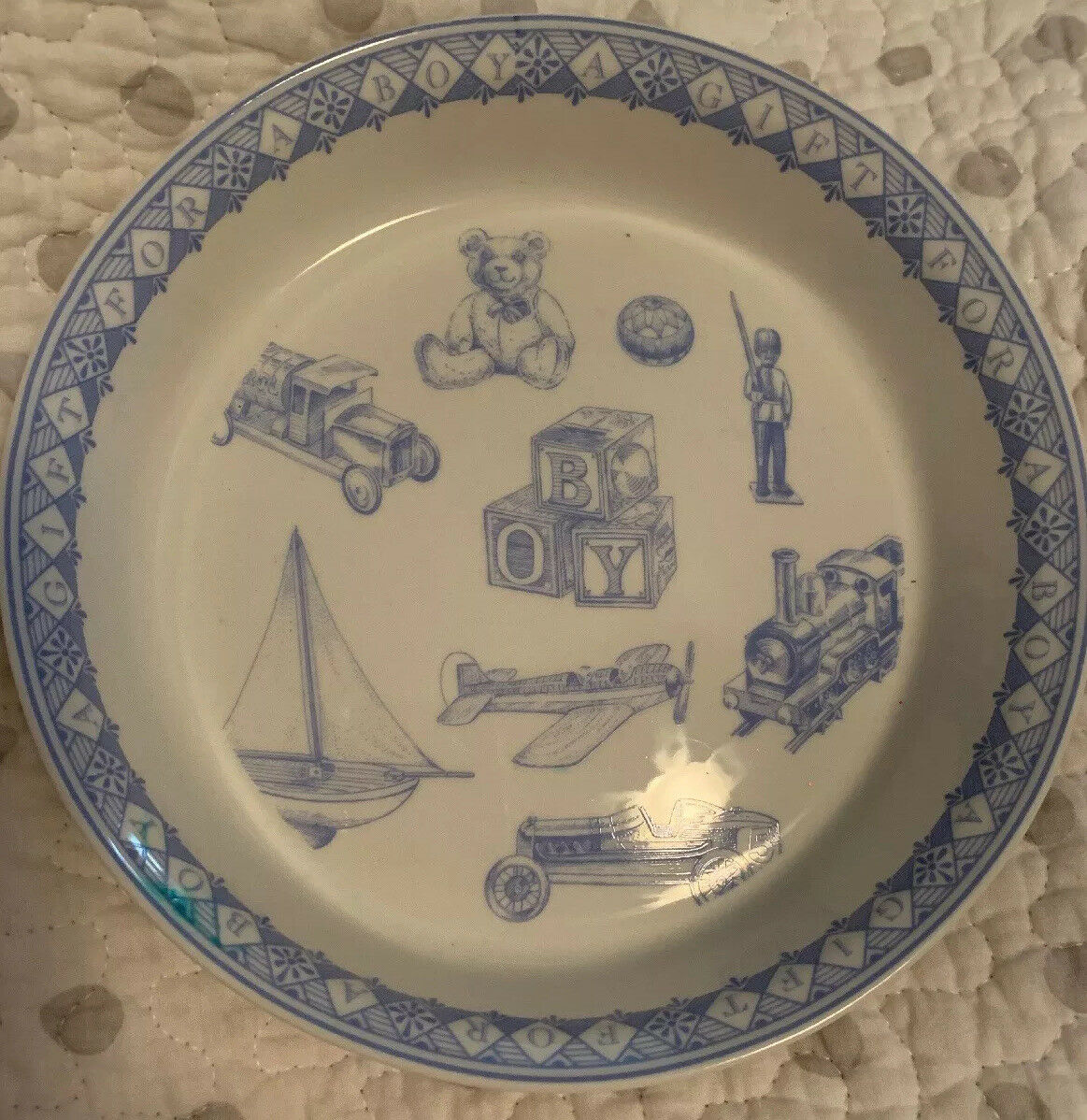-40%
vintage shenango pottery pa 1963? child kid cup little bo peep doll riding horse
$ 18.48
- Description
- Size Guide
Description
the cupi can find no issues. this has only been displayed. this is a charming child's cup depicting a riding horse (with wheels), a doll, and little bo peep (her story below). inside the single-handled cup is a bonus toy duck! it is by shenango pottery. given the information on
ourpastimes.com/identifity-age-shenango-china-marks-6678959.html
, the mark on the base of the cup places it 1950 to 1961 (when the use of the name «shenango» ceased). however, according to
estaurantwarecollectors.com/RWCN-IDwiki/www.restaurantwarecollectors.com/abkforum/miscdef1.html?do=page&template=shenango
if the mark on the base includes the «m21», the cup dates from january to june 1963.
from the outer most part of the handle to the outer most part of the opposite rim is 3 3/4". cup height is a little short of 3". interiori rim diameter is 2 1/2".
the base provides the following information (see last image)
[shenango pottery person logo]
shenango china
u.s.a.
rimrol welroo m21(?)
stamp in green: «57»
about shenango pottery c°
(from: lawrencechs.com/museum/collections/shenango-china-collection)
in 1901, the new castle china company was organized. that year, they purchased the plant of the new castle shovel works (with a handle factory). to the shovel works, they added an extension. this was the nucleus of the china company. new buildings were added and kilns. they manufactured vitreous hotel ware and dinnerware for private homes. these operations continued for about four years. in 1901 shenango china company was also incorporated and a plant was built on the north side of emery street. they made semi-vitreous hotel ware and dinnerware. they employed approximately 150 people.
in 1905, shenango china experienced financial difficulty and a receiver was appointed. a new organization was effected and a charter was taken out under the name of shenango pottery company. again, difficulties arose. in 1909 and entirely new group took over the property headed by james n. smith. mr. smith was a novice in the pottery business, he was part owner of the smith-kirk-hutton hardware store. under his direction, the company began to be established. james m. smith has always been considered the founder of the company.
shenango china purchased the plant of the new castle pottery company in 1912, and the equipment was moved to the new facility. in march of 1913, the new plant was ready to open. then came the flood of 1913, covering the plant to a depth of three feet. the opening was delayed until May of that year. they remained in continuous operation until december 1991. mr. smith was a man determined to succeed, if a machine did not do what he wanted, he built his own. one of his innovations was having raw feldspar shipped directly to the plant and ground there.
the men who started the first potteries in new castle did so, not because of any clay deposits in the area, but rather because of the soft coal available which was used to fire the beehive rims of that time. new castle was at the center of the soft coal industry used in the making of steel. there was also money available for investment. men in the steel industry had already seen the thriving pottery industry of east liverpool, ohio. with the beginning of world war i, the company experienced sound and steady expansion. they built periodic kilns, ten bisque, ten glost, and one refractory. they also hired their first ceramic engineer at this time.
from 1909 until 1935, the entire production of shenango pottery was devoted to commercial china (hotels, restaurants, and institutions). in 1928 they built the first tunnel kiln and began to fire hotel china for the first time in this country. they also ran porcelain trials researching a vitrified fine china dinnerware product. they abandoned this idea only because of the depression of the 1930s. more tunnel kilns were built at this time replacing the beehive kilns. 1929 brought the first labor dispute, when the national brotherhood of operative potters called a strike. the plant continued to operate and the strike was broken by the next spring.
1936 saw one to the biggest changes at shenango. theodore haviland came to them seeking an american company to make the famous haviland dinnerware. they were so impressed with the quality of shenango, an agreement with just a handshake was made with mr. smith. many reasons have been given for the haviland move to an american manufacturer – the impending war in europe high duties on imported china and mounting costs.
from 1936 to 1958, shenango pottery company made china for the theodore haviland company of france using their formula, blocks cases, decals, etc. which the havilands brought here. this ware was marketed with the trademark «theodore haviland new york made in america». this china can be found everywhere. a set of haviland manufactured in new castle for a dinner honoring king george vi and queen elizabeth was sold to the new york world's fair in 1939. when the fair closed this china along with pieces of lennox china were shipped to the white house for the state dining room. this ware was used there during the terms of franklin d. roosevelt and harry s. truman.
about little bo-peep
(from: en.wikipedia.org/wiki/Little_Bo-Peep)
«little bo-peep» or «little bo-peep has lost her sheep» is a popular english language nursery rhyme. it has a roud folk song index number of 6487.
little bo-peep has lost her sheep,
and doesn't know where to find them;
leave them alone, and they'll come home,
wagging (bringing) their tails behind them.
common variations on second-line include «and can't tell where to find them». the fourth line is frequently given as «bringing their tails behind them», or sometimes «dragging their tails behind them». this alternative version is useful in the extended version, usually of four further stanzas. the melody commonly associated with the rhyme was first recorded in 1870 by the composer and nursery rhyme collector james william elliott in his
national nursery rhymes and nursery songs
.
the following additional verses are often added to the rhyme:
little bo-peep fell fast asleep,
and dreamt she heard them bleating;
but when she awoke, she found it a joke,
for they were still a-fleeting.
then up she took her little crook,
determined for to find them;
she found them indeed, but it made her heart bleed,
for they'd left their tails behind them.
it happened one day, as bo-peep did stray
into a meadow hard by,
there she espied their tails side by side,
all hung on a tree to dry.
she heaved a sigh and wiped her eye,
and over the hillocks went rambling,
and tried what she could, as a shepherdess should,
to tack each again to its lambkin.
the earliest record of this rhyme is in a manuscript of around 1805, which contains only the first verse which references the adult bo peep , called «little» because she was short and not because she was young. there are references to a children's game called «bo-peep», from the 16th century, including one in shakespeare's
king lear
(act i scene iv), for which «bo-peep» is thought to refer to the children's game of peek-a-boo, but there's no evidence that the rhyme existed earlier than the 18th century. the additional verses are first recorded in the earliest printed version in a version of gammer gurton's garland or
the nursery parnassus
in 1810.
the phrase «to play bo peep» was in use from the 14th century to refer to the punishment of being stood in a pillory. for example, in 1364, an ale-wife, alice causton, was convicted of giving short measure, for which crime she had to «play bo peep thorowe a pillery». andrew boorde uses the same phrase in 1542, «and evyll bakers, the which doth nat make good breade of whete, but wyl myngle other corne with whete, or do nat order and seson hit, gyving good wegght, I would they myghte play bo peep throwe a pyllery». nevertheless, connections with sheep are early; a fifteenth-century ballad includes the lines: «halfe england ys nowght now but shepe // in every corner they play boe-peep».
maker's and/or other marks
it is by cardew design and made in 2012 (you can read more about them below as well as see the artist in the third-to-last image)
the base marks provide this information (see last image)
snow white
© 2012
[hand drawn teapot logo]
paul cardew in signature format
cardewdesign.com
designed in england
dimensions
with the lid on, and from the bottom to the tallest tip of the apple, is 5".
without the lid on, the teapot is 3 3/4"
from the outer most part of the handle to the end of the spout is 7 1/2".
the interior diameter of the mouth is 1 5/8"
condition
i can find no issues. this has only been displayed.
the fine print
the images are the majority of the listing description, so take a look at them closely.
shipping costs have really increased—this is calculated into the buy-it-now price.
i am not able to sell individual items from items i have listed as a group. i just don't have the stamina to create new listings for those. i apologize for that. i haven't initially individually listed items because i don't have enough listing slots to so.
trying to downsize some, though extremely melancholically.
shipping time: i otherwise work more than full time and my health isn't great, so kindly excuse the longer handling time. if i am able to ship sooner, i absolutely will do that
. i appreciate you taking the time to view my listing.
